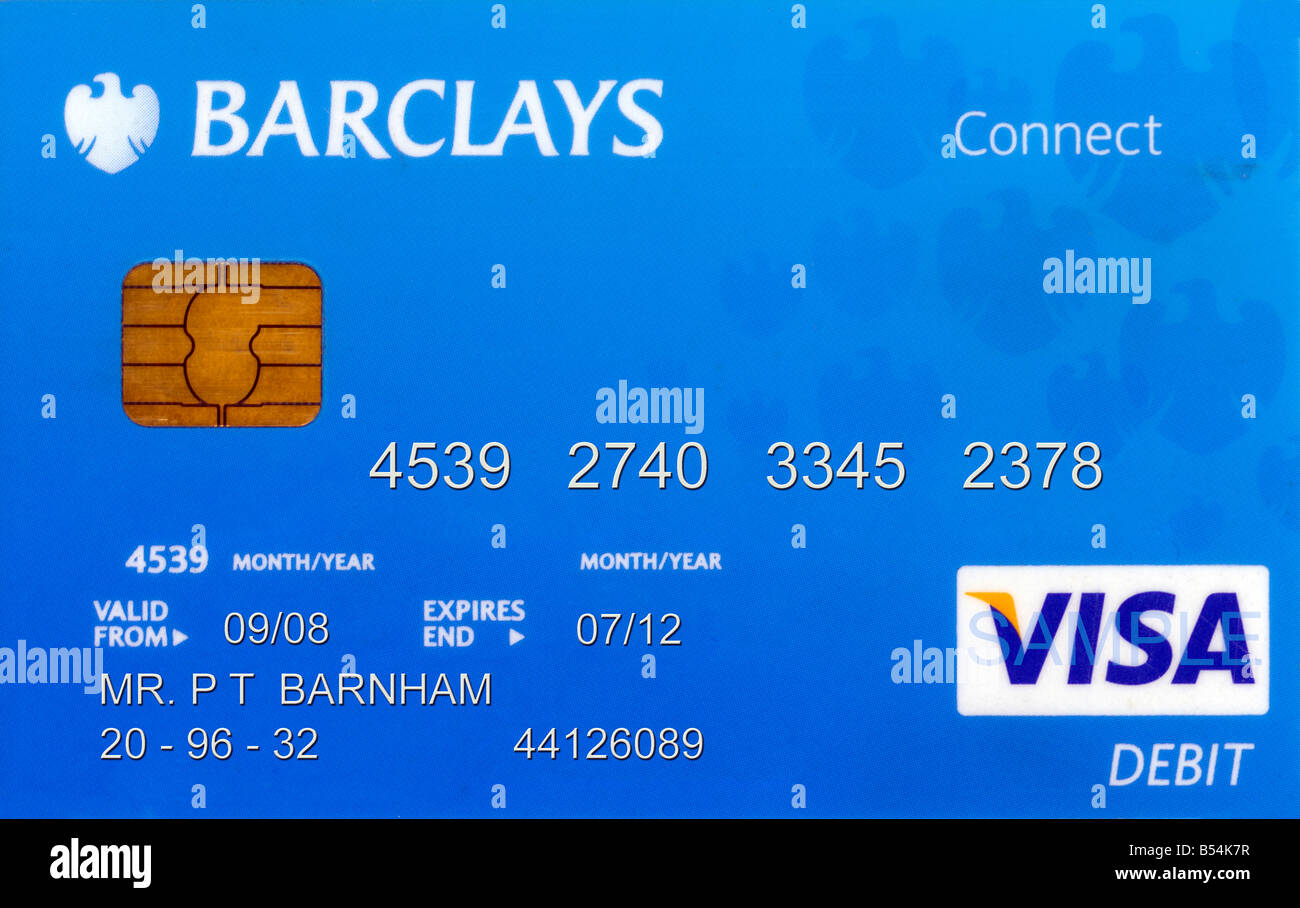
Other card networks are STAR, JCB, Pulse, etc. The five major debit card networks are UnionPay, American Express, Discover, Mastercard, and Visa. One physical card can include the functions of all three types, so it can be used in a number of different circumstances. There are currently three ways that debit card transactions are processed: EFTPOS (also known as online debit or PIN debit), offline debit (also known as signature debit), and the Electronic Purse Card System. Types of debit card systems An example of the front of a typical debit card:


Most debit cards are plastic, but there are cards made of metal and rarely wood. There are usually daily limits on the amount of cash that can be withdrawn. Merchants may also offer cashback facilities to customers so that they can withdraw cash along with their purchase. Since the mid-2000s, a number of initiatives have allowed debit cards issued in one country to be used in other countries and allowed their use for internet and phone purchases.ĭebit cards usually also allow an instant withdrawal of cash, known as a cash advance, acting as an ATM card for this purpose. The development of debit cards, unlike credit cards and charge cards, has generally been country-specific, resulting in a number of different systems around the world that are often incompatible. In many countries, the use of debit cards has become so widespread that they have overtaken checks in volume or have entirely replaced them in some instances, debit cards have also largely replaced cash transactions. In some cases, the payment card number is assigned exclusively for use on the Internet, and there is no physical card. Some debit cards carry a stored value with which a payment is made (prepaid cards), but most relay a message to the cardholder's bank to withdraw funds from the cardholder's designated bank account. These are similar to a credit card, but unlike a credit card, the money for the purchase must be in the cardholder's bank account at the time of the purchase and is immediately transferred directly from that account to the merchant's account to pay for the purchase. Many of the new cards now have a chip on them, which allows people to use their card by touch (contactless), or by inserting the card and keying in a PIN as with swiping the magnetic stripe. The card usually consists of the bank's name, a card number, the cardholder's name, and an expiration date, on either the front or the back. A debit card, also known as a check card or bank card, is a payment card that can be used in place of cash to make purchases.


 0 kommentar(er)
0 kommentar(er)
